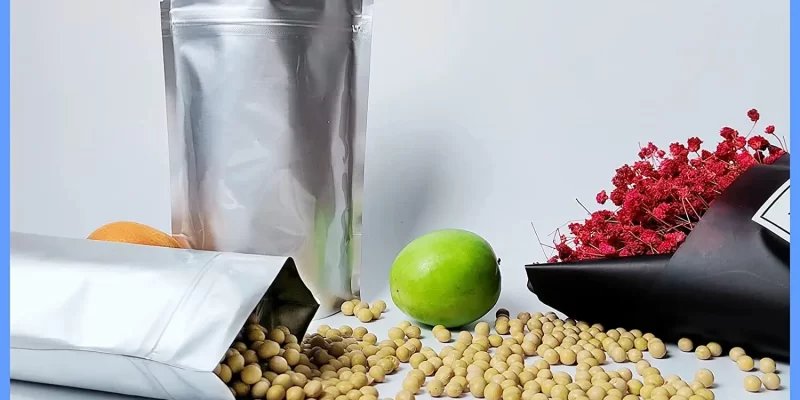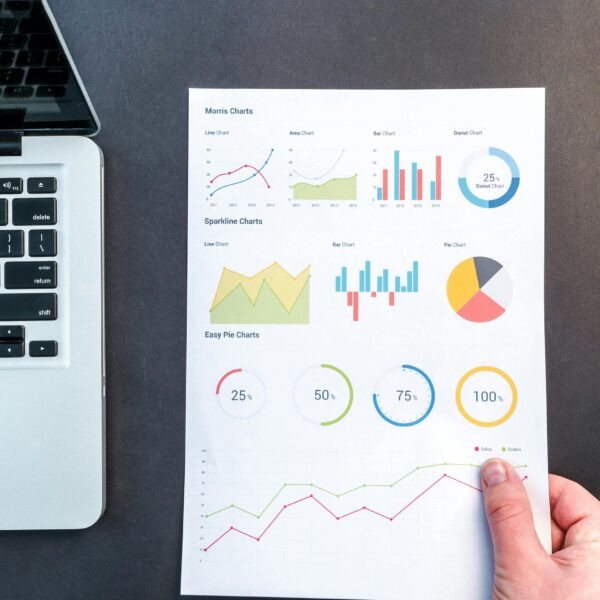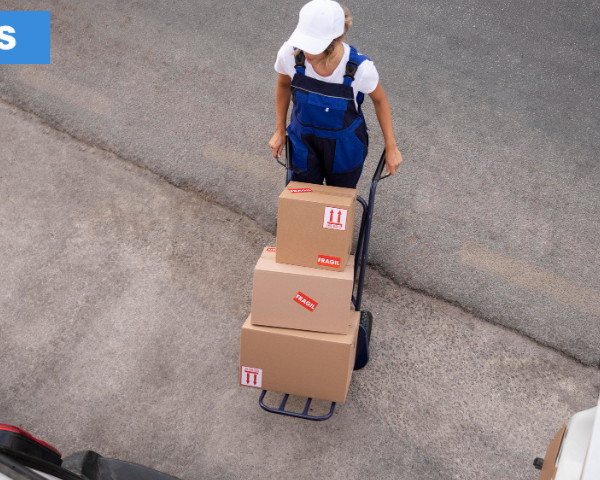
What Are Mylar Bags?
Definition and History
Mylar bags, made from a polyester film called BoPET (biaxially-oriented polyethylene terephthalate), were first developed in the 1950s. They are known for their strength, durability, and exceptional barrier properties, making them ideal for long-term food storage.
Materials and Construction
These bags are composed of multiple layers, including an aluminum layer that provides a superior barrier against light, moisture, and oxygen – the three main enemies of food preservation. The combination of materials ensures that Mylar bags are tough yet flexible, capable of withstanding harsh conditions while protecting the contents inside.
Benefits of Using Mylar Bags for Food Storage
Extended Shelf Life
One of the most significant benefits of Mylar bags for food storage is their ability to extend the shelf life of food. When properly sealed with oxygen absorbers, Mylar bags can keep food fresh for up to 25 years, depending on the type of food.
Protection from Environmental Factors
Mylar bags for food storage are impervious to light, moisture, and air. This protection ensures that your food remains unaffected by environmental changes, preserving its quality and safety over time.
If you want to know more information about weed bags visit TopUSAPackaging
Preservation of Nutritional Value
Foods stored in Mylar bags retain their nutritional value much better than those stored in traditional containers. The barrier properties of Mylar prevent the degradation of vitamins and minerals, ensuring you get the most out of your stored food.
Types of Mylar Bags
Different Sizes
Mylar bags come in various sizes, from small pouches for spices and seeds to large bags that can hold gallons of food. This variety allows you to choose the perfect size for your storage needs.
Variations in Thickness
Thicker Mylar bags offer greater protection and are more durable. Common thicknesses range from 3.5 mils to 7.5 mils, with thicker bags being more resistant to punctures and tears.
Specialized Mylar Bags
Some Mylar bags are designed for specific purposes, such as gusseted bags that stand up on their own or zip-lock bags for easy access. There are also metallized Mylar bags, which provide additional protection against light and heat.
How to Use Mylar Bags for Food Storage
Prepping the Food
Before you start, ensure your food is clean and dry. Moisture is the enemy of long-term storage, so items like grains and beans should be dehydrated if necessary.
Choosing the Right Bag
Select a bag size that fits the amount of food you plan to store. It’s better to have a little extra space than to overfill the bag.
Sealing Methods
There are a few ways to seal Mylar bags, including using a heat sealer, a vacuum sealer, or even a household iron. The goal is to create an airtight seal that prevents any oxygen from entering the bag.
Essential Tools for Using Mylar Bags
Oxygen Absorbers
These little packets remove oxygen from the bag, preventing oxidation and spoilage. Make sure to choose the right size absorber for the bag you are using.
Vacuum Sealers
Vacuum sealers can help remove air from the bag before sealing, providing an additional layer of protection against spoilage.
Heat Sealers
Heat sealers are the most reliable method for sealing Mylar bags. They create a strong, airtight seal that ensures the longevity of the stored food.
Step-by-Step Guide to Storing Food in Mylar Bags
Cleaning and Drying Food
Ensure your food is free of contaminants and thoroughly dry. Any moisture can lead to mold growth and spoilage.
Filling the Bags
Place the food inside the Mylar bag, leaving enough space at the top to seal it properly. Avoid overfilling to ensure a good seal.
Adding Oxygen Absorbers
Insert the appropriate number of oxygen absorbers based on the size of the bag and the type of food. This step is crucial for maintaining the freshness of your stored food.
Sealing the Bags
Use a heat sealer, vacuum sealer, or iron to seal the top of the bag. Make sure the seal is airtight to prevent any air from getting inside.
Best Practices for Long-Term Food Storage
Ideal Storage Conditions
Store Mylar bags in a cool, dark place. Avoid areas with high humidity or temperature fluctuations, as these conditions can compromise the integrity of the bags.
Rotation and Inventory Management
Keep track of what you’ve stored and when. Use older items first and regularly check your inventory to ensure nothing goes to waste.
Common Mistakes to Avoid
Overfilling Bags
Overfilling can make it difficult to seal the bag properly, leading to air leaks and spoilage.
Inadequate Sealing
A poor seal can allow oxygen and moisture to enter the bag, defeating the purpose of using Mylar bags in the first place.
Incorrect Storage Conditions
Storing Mylar bags in places with high heat or humidity can degrade the bags and reduce the shelf life of the food inside.
Comparing Mylar Bags with Other Food Storage Methods
Mylar Bags vs. Plastic Containers
While plastic containers are convenient, they do not offer the same level of protection against light and oxygen. Mylar bags are superior for long-term storage.
Mylar Bags vs. Glass Jars
Glass jars are excellent for short-term storage and frequent use, but they are bulky and breakable. Mylar bags are lightweight, space-saving, and less prone to damage.
Mylar Bags vs. Vacuum Sealed Bags
Vacuum-sealed bags are great for removing air but lack the light and moisture barrier that Mylar bags provide. Combining both methods can offer the best of both worlds.
Cost-Effectiveness of Mylar Bags
Initial Investment
While the upfront cost of Mylar bags and the necessary equipment might seem high, the long-term savings from reduced food waste make them a cost-effective option.
Long-Term Savings
By extending the shelf life of your food, Mylar bags can save you money in the long run. You’ll buy less frequently and waste less food.
Environmental Impact of Mylar Bags
Recyclability and Reusability
Mylar bags can be reused if they are carefully opened and cleaned. However, they are not easily recyclable, which is a consideration for environmentally conscious users.
Comparison with Other Materials
Compared to single-use plastics, Mylar bags are a more durable and long-lasting option. They also reduce food waste, which has a significant positive environmental impact.
Conclusion
Mylar bags for food storage offer a reliable and efficient way to store food for the long term. By protecting against light, moisture, and oxygen, they help preserve the nutritional value and freshness of your food. Whether you’re a prepper, a homesteader, or just someone who wants to reduce food waste, Mylar bags are an excellent addition to your food storage arsenal. Start using Mylar bags today and ensure your food stays fresh and safe for years to come.
Read also: Sustainable Solutions: A Guide to Eco-Friendly Happy Meal Boxes
FAQs
What foods can be stored in Mylar bags for food storage?
Mylar bags for food storage are ideal for storing dry goods such as rice, beans, grains, powdered milk, and dehydrated fruits and vegetables.
How do I know if my Mylar bag is properly sealed?
A properly sealed Mylar bag will be airtight with no visible air bubbles or gaps in the seal. You can test the seal by pressing on the bag – it should not leak any air.
Can I store liquids in Mylar bags for food storage?
No, Mylar bags are not suitable for storing liquids as they are not completely watertight and can leak.
Do Mylar bags protect against pests?
Yes, Mylar bags provide an effective barrier against pests like insects and rodents, keeping your food safe from contamination.
What is the best way to label Mylar bags?
Use a permanent marker to label your Mylar bags with the contents and date of storage. Alternatively, you can use adhesive labels for a more organized look.











